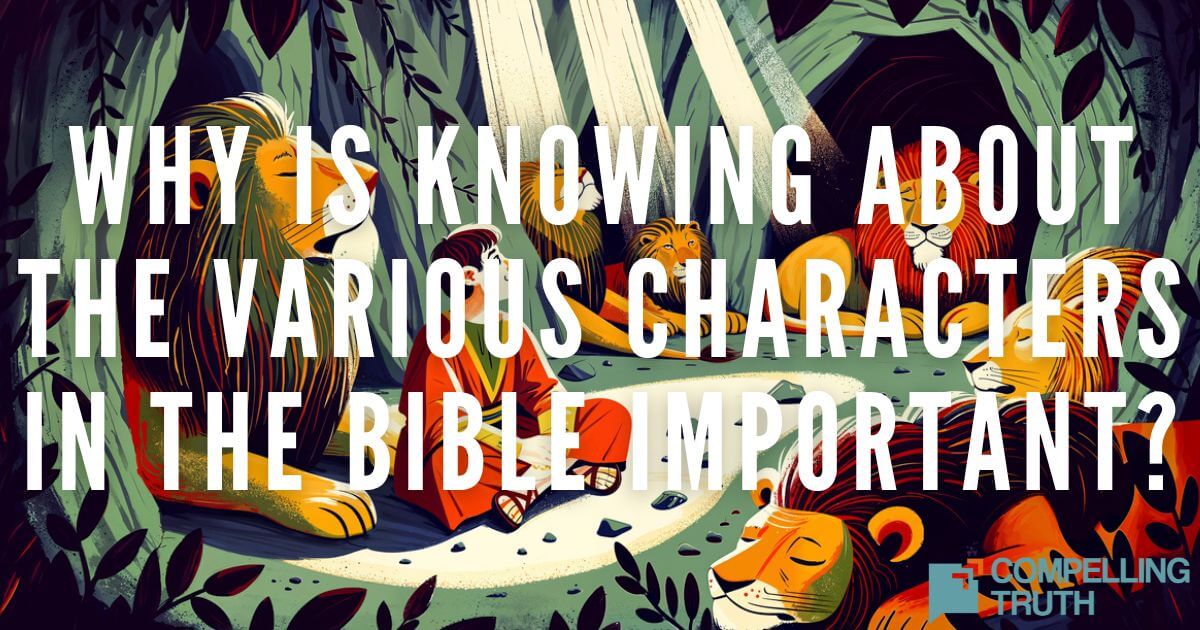The earliest depiction of Moses with horns is in an English illustrated book from 1050. Rendering Moses in this fashion continued into the 1500s, so many sculptures, stained glass, and paintings from that time depict Moses with horns of some sort. Horns on depictions of Moses are a somewhat funny reminder of the need to properly understand the original language and cultural context in which the Bible and its historical translations were written.
Understanding things in context is crucial for accurate interpretation and effective communication. By considering the original language, cultural background, and historical circumstances, we can avoid misinterpretations and convey meanings more precisely. For instance, in the case of Moses being depicted with horns due to a translation choice, recognizing the original Hebrew term "qaran" and its context helps clarify that it meant "shining," rather than "horned." This awareness extends beyond language translation to everyday scenarios, such as interpreting data, historical events, or even social interactions. By taking the time to understand the broader context, we can make more informed decisions, which translates to the way we talk to others about issues and concerns.




